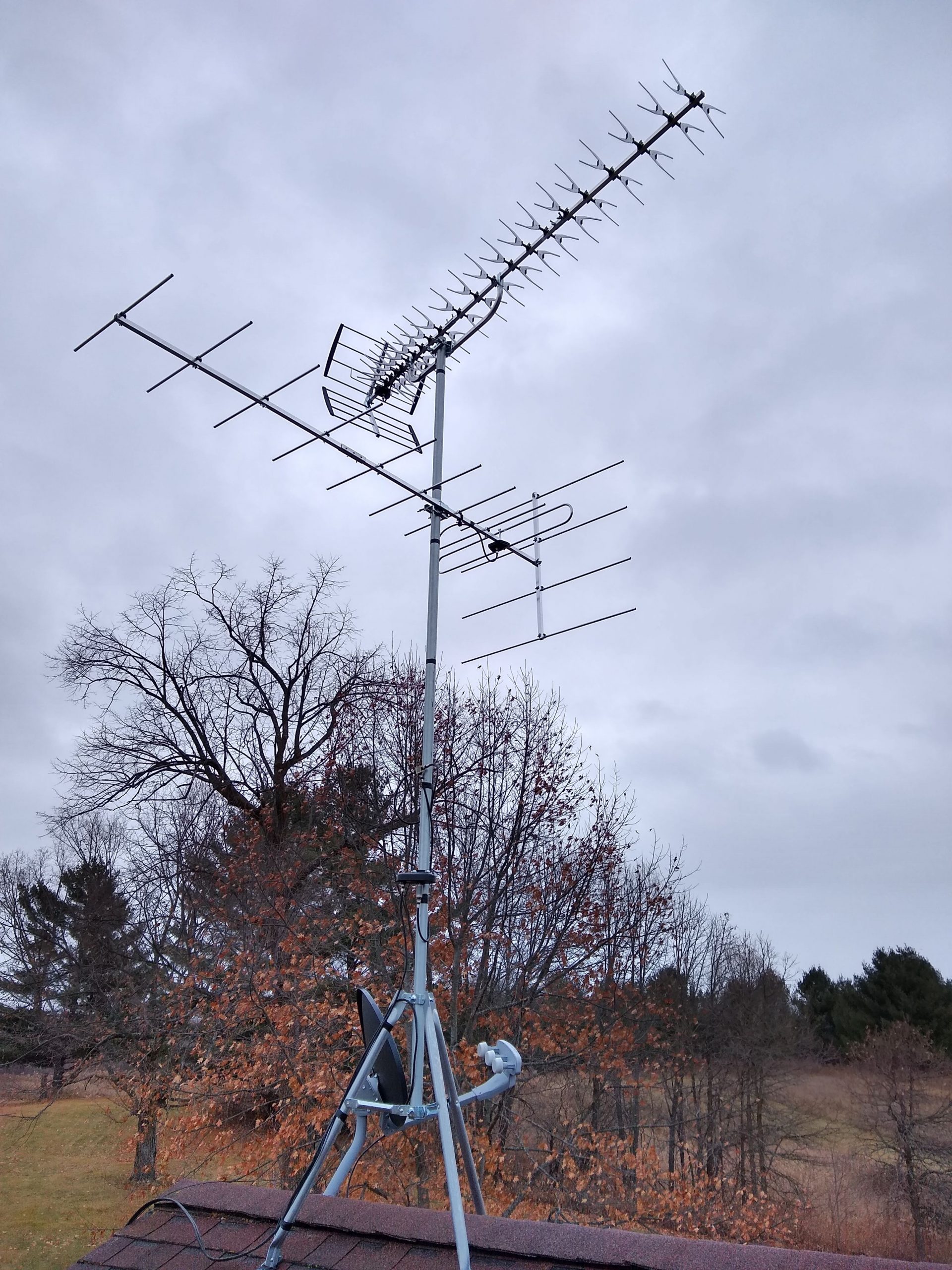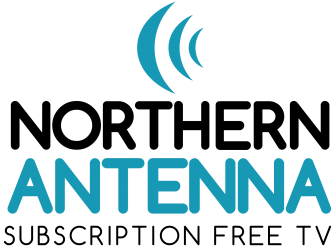Introduction: A signal-to-noise ratio of >15dB is required in order to decode an ATSC 1.0 broadcast signal without errors. That is, in fact, fairly common knowledge among Over-The-Air TV geeks and installers.
What is less commonly known is that the transmitter itself has a finite signal-to-noise ratio, which (under ideal conditions) maxes out somewhere in the 35-38dB range (I’ve confirmed this with a representative from a large manufacturer of TV transmitters, as well as someone who works in the TV division of the FCC). From what I understand, professional meters only go up to 40dB. In my experience, some Sony tuners go up to 32dB, some will measure higher. I’ve seen Samsung meters go as high as 38dB. It could be possible that’s the limit of the internal meter itself.
As an installer who’s pulled up the signal meter on literally hundreds of TVs, I’d always seen numbers max out up in the 30s, but never really bothered to write town what exactly were the maximum SNRs (per channel) that I happened to be observing. Which is quite a shame, because I could’ve been logging that data for about the past 4yrs now. I’ve done plenty of installs under line-of-sight (or nearly line-of-sight) conditions to towers, often with Televes low noise Auto Gain Control preamplified antennas that ensure every last ounce of SNR is preserved, so I can get that data with confidence.
What really peaked my interest in the whole matter of max observed SNR is when, in the winter of 2022, I kept observing that WCCO TV would never show an SNR higher than 27dB. This happened on install after install. Every time, I’d hook up my trusty AVCOM PSA-65A to make sure there was nothing funky going on. In every case, it was perfectly flat and exactly the same level as KARE; both of which were the same level as the rest of the 1MW stations from Shoreview. If that itself weren’t confirmation enough, I did an install (Televes DATBoss LR Mix 149884, w/rotator, 20′ AGL) right in the flood plane of the Mississippi river, some 86 miles away from Shoreview (with a Rabbitears predicted noise margin of -15dB or worse). 3 Twin Cities channels showed up: KARE and WCCO would lock with occasional breakups, while KSTC showed up in the scan, but wouldn’t lock. Again, confirming that it was broadcasting at a 1MW ERP.
Here is my list of received SNRs
Twin Cities:
KTCA (2.1): 36dB
KTCI (2.2): 34dB
WCCO (4): 27dB
KSTP (5.1): 38dB
KSTC (5.2): 38dB
WFTC (9.1): 37dB
KMSP (9.9): 34dB
KARE (11): 36.7dB
K14RB-D (14): 33.6dB
KWJM-LD (15): 31dB
KKTW-LD (19): 34.7dB
WUCW (23): 34.7dB
KJNK-LD (25): 33.38dB
K33LN-D (33): 30.8dB
KMBD-LD (43): 30dB
KMVQ-LD (49): 31dB
Eau Claire, WI:
WEUX (48): 37.3dB
Godahl/Mankato, MN:
K26CS-D (2.1): 37.2dB
K29IE-D (2.2): 32dB
K35KI-D (4): 24.4dB
K14KE-D (5.1): 35.6dB
K30FN-D (5.2): 36.8dB
K23MF-D (9.1): 34dB
K18NE-D (9.9): 30dB
K32GX-D (11): 36.4dB
K31KV-D (16): 27.6dB
K24JV-D (16.4): 24.8dB
K17MW-D (17): 24dB
K18NE-D (18): 24.8dB
K19LI-D (19): 27.6dB
K34JX-D (23): 31.6dB
K21DG-D (23.6): 19.2dB
K28OH-D (25): 34dB
K20LP-D (41): 30dB
K22MQ-D (45): 28.8dB
KMNF-LD (7): 32dB
KEYC (12): 33.6dB
Tomah, WI:
WPDR-LD (8): 36dB

